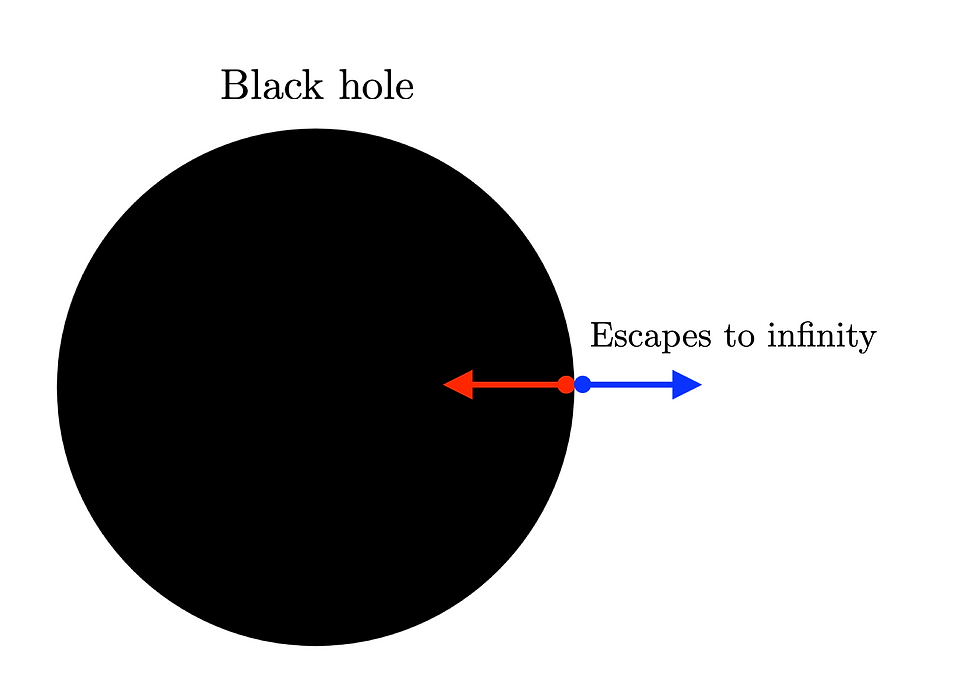Armour on a slant?
- Wayne Bao
- Jun 2, 2020
- 2 min read

An Invasion Underway
On the night of Saturday, June 21, 1941, large amounts of Nazi forces had gathered at the Soviet - German border. The largest Nazi German invasion in the Second World War was about to be underway. The purpose of the invasion was the annihilate the "inferior" slavic peoples and create Lebensraum (living space) for German Aryans.
In the first few weeks, German panzer tanks swept across the Soviet Union and severely battered the weaker Russian vehicles. But soon German reports came in about a "new" Russian vehicle that was invincible to the 37mm and 50mm caliber guns armed on many German vehicles.
The vehicle that German tanker crews had spotted was the Soviet T-34, most famously known for being the first mass-produced tank at the time to effectively utilize sloped armour.
Armour
Armour is an extremely important aspect of tanks, especially during the Second World War. Engineers and designers at the time often competed to increase the armour of their vehicles to increase crew and vehicle survivability. The solution was often to pile more armour on the vehicle which stressed the transmission as well as the engines. However, Soviet Engineers began experimenting with sloped armour on their vehicles.
Sloped armour had many benefits - namely, an increase in effective armour. The equation for effective armour can be summed up into the equation:

Where TL is the line of sight thickness and TN is the normal thickness.
This is significant because the same amount of armour can be simply readjusted to add more protection instead of adding on more armour. According to the equation, if the angle of the armour is sloped at 60 degrees then the effective armour would be 1/cos(60) or 1/(1/2) or 2 times as effective.
Another significant factor of sloped armour was its ability to increase the deflection rate. We may see that modern-day main battle tanks do not slope their armour as heavily (or even at all!) because of the technology we have to do. The shell velocity, material, etc. today has decreased the effectiveness of sloped armour. However, in the Second World War, anti-tank rifles and other guns had much slower velocity and mass. On sloped armour, these types of shells/bullets would more likely deflect or bounce off the armour and leaving the crew unharmed.


Comments